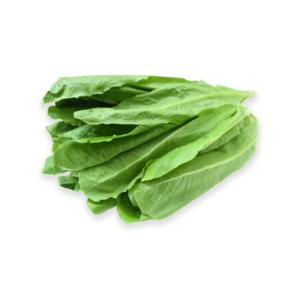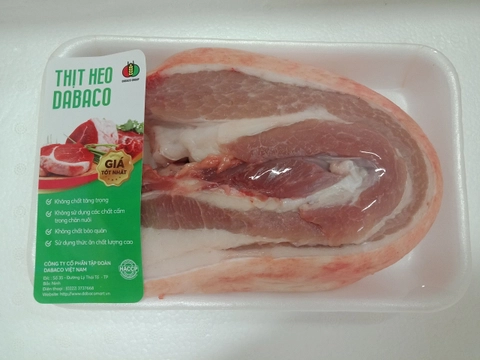news
The Emerald Palette: Exploring the Culinary and Nutritional Diversity of Green Vegetables
Green vegetables are the unsung heroes of our diet. From the crisp snap of a fresh green bean to the earthy depth of kale, they form the foundation of countless healthy and delicious meals. They are a testament to the idea that a simple, natural ingredient can be a powerhouse of nutrition and a source of incredible culinary versatility. This comprehensive article will take a deep dive into the world of green vegetables, exploring the unique characteristics, nutritional benefits, and culinary applications of some of the most common and beloved greens.
The diversity of green vegetables is astounding. They come in all shapes, sizes, and textures, from the delicate leaves of spinach to the sturdy stalks of broccoli. This variety allows them to be used in a seemingly endless number of ways, from raw salads and vibrant stir-fries to hearty soups and rich stews. By embracing this emerald palette, we can not only add a burst of color and flavor to our plates but also provide our bodies with a wide array of essential nutrients.

The Nutritional Power of Greens
The health benefits of green vegetables are extensive and well-documented. They are a cornerstone of a healthy diet, offering a wide range of vitamins, minerals, and antioxidants that are crucial for overall well-being.
Leafy Greens: A Source of Vitamins and Minerals: Leafy greens, such as spinach, kale, and collard greens, are nutritional powerhouses. They are exceptionally rich in vitamins A, C, and K, as well as minerals like iron, calcium, and folate. Vitamin K, in particular, is vital for bone health and blood clotting.
Cruciferous Vegetables: The Disease Fighters: Vegetables like broccoli, Brussels sprouts, and cabbage belong to the cruciferous family. They contain compounds that are believed to have powerful anti-cancer properties. They are also an excellent source of fiber and vitamin C.
Fiber for a Healthy Gut: All green vegetables are high in dietary fiber, which is crucial for a healthy digestive system. Fiber helps to regulate bowel movements, promotes the growth of beneficial gut bacteria, and can help to prevent chronic diseases.
Antioxidants for Cellular Protection: The vibrant green color of these vegetables is a sign of their high antioxidant content. These compounds, such as chlorophyll and carotenoids, help to combat oxidative stress and inflammation, protecting our cells from damage and reducing the risk of chronic diseases.

A Culinary Journey Through the Emerald Palette
Green vegetables are incredibly versatile in the kitchen. Here are a few ways to incorporate them into your cooking:
Raw and Crisp: Many green vegetables, such as spinach, kale, and romaine lettuce, are delicious when eaten raw. They form the base of salads, where they can be paired with a wide variety of ingredients, from fruits and nuts to grilled chicken and fish.
Sautéed and Steamed: A quick sauté or steam can bring out the flavor and tenderness of many green vegetables, such as asparagus, green beans, and bok choy. Sautéing them with a little garlic and olive oil is a simple and delicious way to prepare them.
Roasted and Charred: Roasting can transform green vegetables, giving them a rich, nutty flavor. Broccoli, Brussels sprouts, and green beans are all excellent for roasting. A little olive oil, salt, and pepper are all you need to create a flavorful side dish.
In Soups and Stews: Green vegetables can add a beautiful depth of flavor and color to soups and stews. Spinach, kale, and collard greens are great for adding to soups, where they will wilt and become tender. Green beans and peas can add a fresh burst of flavor and texture to a hearty stew.

Tips for a Healthier and Tastier Experience
- Buy with the Seasons: Buying green vegetables when they are in season ensures they are at their peak flavor and nutritional value.
- Proper Storage: To keep your greens fresh, store them in a perforated bag in the crisper drawer of your refrigerator.
- Wash Thoroughly: Always wash your green vegetables thoroughly to remove any dirt or residue.
In conclusion, green vegetables are much more than just a side dish; they are a vital part of a healthy lifestyle. By exploring the diverse and delicious world of greens, we can nourish our bodies, prevent disease, and add a beautiful and vibrant touch to every meal.


